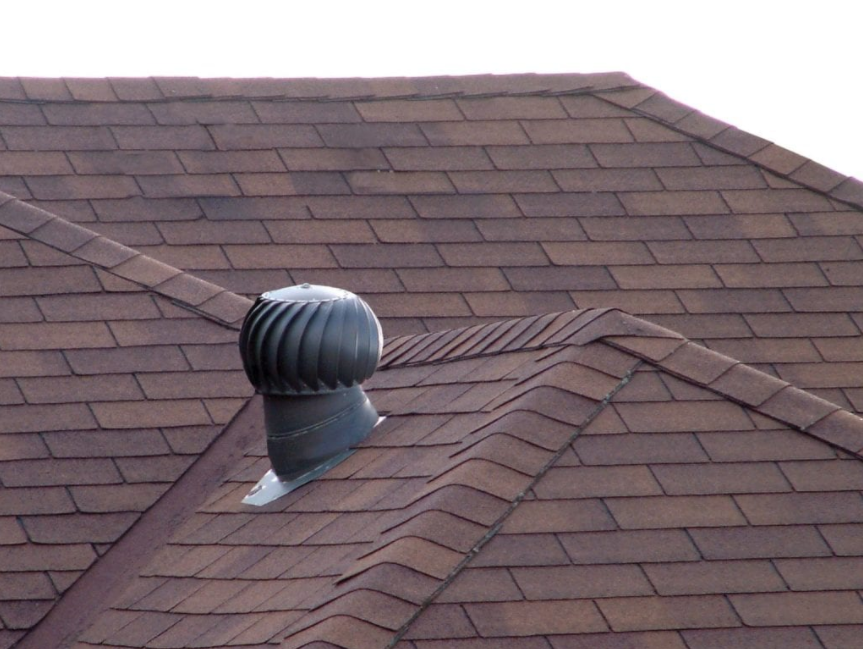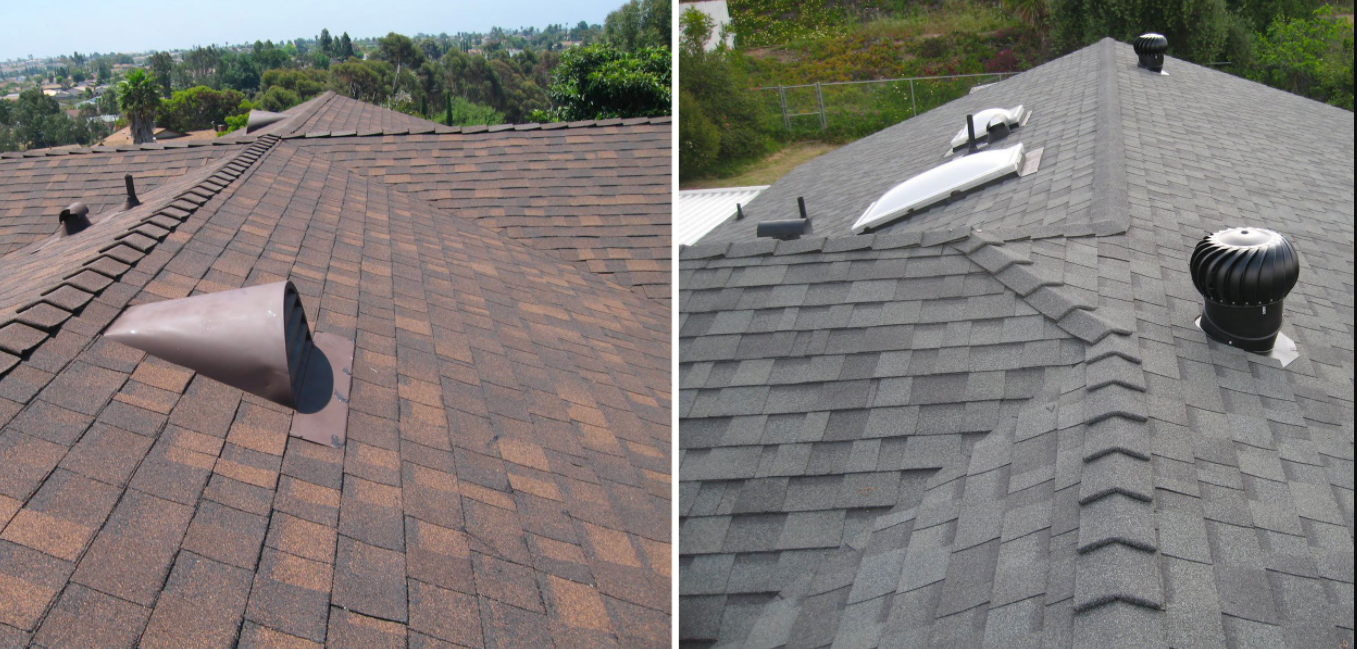By hiring the right roof ventilation supplier, it is possible to meet the required amount of ventilation in the roof. However, even the most efficient professional can fail in some pitfalls, which can later become a problem with the effective operation of the ventilation system.
The following lines discuss some of these pitfalls that roof contractors must consider that may affect the purpose of installing a roof ventilation system.
Concerns about thermal construction
Most contractors are concerned about rising heat from the roof. This is because the room under the roof, called the “attic”, is unusable when the temperature in that room rises to an uncomfortable level. However, we should not forget the winter season.
Because it is important to control the temperature in the summer months, it is necessary to keep the arm warm even in winter. In the winter outside, the mercury levels drop because those who live in the house produce water vapor inside the house, which increases the humidity in the south.
Suppliers must provide perfectly balanced roof ventilation consisting of exhaust and intake vents to help remove moisture from the room and prevent material damage.

The roof ventilation NZ contractor needs an effective strategy to ensure that the roof is ventilated in all weathers and to destroy heat and humidity. Good roof ventilation also protects the house from ice dams due to snow.
In addition, water vapor typically generated by the family (2-4 gallons) that results from activities such as breathing, washing, bathing, and cooking is also eliminated by effective roof ventilation.
Ignoring the balance
Roofing contractors should also ensure that the roof ventilation system has a combination of exhaust and intake vents in perfect balance. Intake openings are usually installed at the under-drip or lower edge of the roof or soffit, while exhaust openings are installed near or at the top of the roof.
Maintaining the correct balance of function of these openings will lead to an efficient and effective roof ventilation system. Under ideal conditions, it is important that the outlet and inlet vents have adequate “total clean free area”.
If it is not very consistent, ideal conditions for balanced movement cannot be achieved.
If the roof ventilation contractor is sure that the roof ventilation system is not balanced, the improvement in intake valve function is more than the exhaust, which changes the excess exhaust when the roof is on the “leeward” side.
Visit Us for more details.

